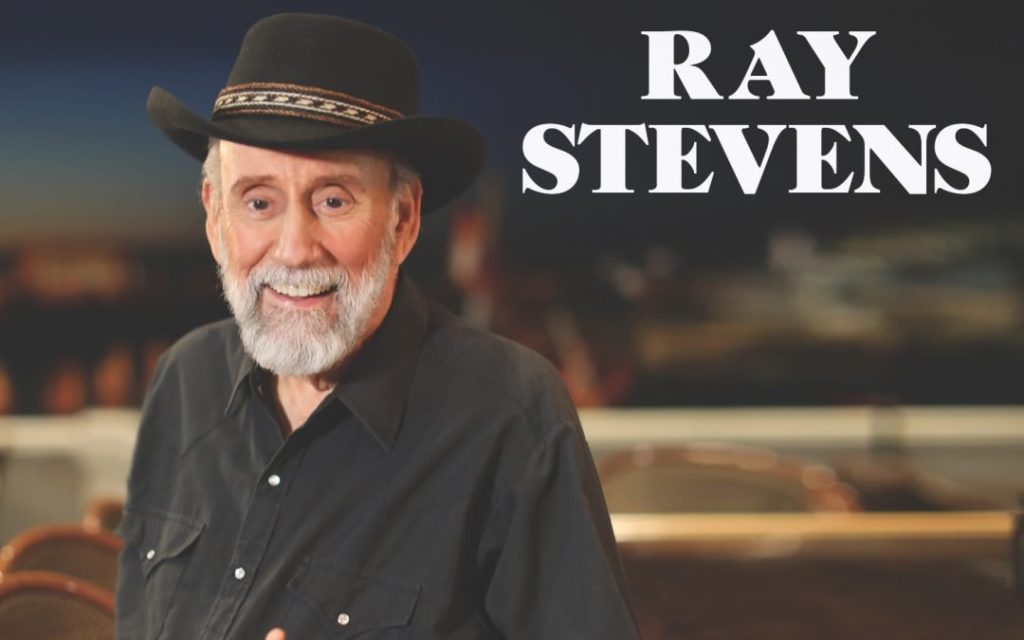
A Timeless Dance with Emotion: The Enchanting Melody of “Misty” by Ray Stevens
In the realm of music, where melodies paint emotions and lyrics weave stories, few songs capture the essence of timelessness as gracefully as “Misty” by Ray Stevens. Released in 1975, this enchanting rendition is more than just a cover; it’s a heartfelt homage to the enduring power of love and longing, wrapped in Stevens’ unique blend of country charm and pop sophistication.
Originally composed by Erroll Garner in 1954 as an instrumental jazz piece, “Misty” first found its voice through the velvety tones of Johnny Mathis in 1959. However, it was Ray Stevens, an artist known for his comedic flair and keen sense of musicality, who breathed new life into this classic, offering a fresh perspective that resonated deeply with audiences. His version climbed the charts, reaching an impressive number fourteen on the Billboard Hot 100 and securing the number three spot on the Adult Contemporary chart. This success was not merely a testament to Stevens’ talent but also to the song’s universal appeal.
Stevens’ rendition of “Misty” is an evocative journey through the tender landscapes of love—a theme as old as time yet always profoundly personal. The gentle strumming of the guitar paired with his soothing vocals creates an atmosphere that is both nostalgic and intimate. It’s a song that invites listeners to reminisce about moments when love felt all-encompassing and dreams seemed within reach. For many older listeners, “Misty” becomes a bridge to their past, stirring memories of youthful romance and wistful afternoons spent dreaming.
The story behind Ray Stevens’ decision to cover “Misty” speaks volumes about his artistic vision. Known predominantly for his humorous songs like “The Streak,” Stevens wanted to showcase another facet of his artistry—one that could touch hearts and evoke deep emotion. By choosing “Misty,” he not only honored a beloved classic but also challenged himself to reinterpret it through his unique lens. The result is a version that stands out not only for its musical excellence but also for its sincerity and warmth.
Lyrically, “Misty” captures the essence of being enveloped in love’s embrace—an experience both exhilarating and grounding. Lines like “Look at me, I’m as helpless as a kitten up a tree” poetically convey vulnerability and adoration, sentiments that resonate with anyone who has ever been in love. Stevens’ delivery adds layers of meaning, transforming each word into a brushstroke on the canvas of the listener’s heart.
For those who lived through the era when Stevens’ “Misty” graced the airwaves, hearing it again is akin to flipping through a cherished photo album. Each note conjures images of dances under moonlit skies or quiet evenings by the fireplace—moments suspended in time yet vividly alive in memory. It’s these recollections that give “Misty” its enduring power; it transcends generations because it speaks to experiences universally understood.
In addition to its lyrical beauty, Stevens’ rendition benefits from exquisite production values that highlight his vocal prowess while respecting the song’s original jazz roots. The arrangement is both lush and understated, allowing listeners to lose themselves in the music without overshadowing Garner’s brilliant composition. This balance between innovation and reverence is what makes Stevens’ version so special—it’s familiar yet refreshingly new.
“Misty” by Ray Stevens remains a beloved classic not just for its melodic elegance but also for its ability to evoke profound emotional responses from listeners across ages. Whether it’s playing softly on vinyl or streaming digitally today, its magic endures because it speaks directly to our shared human experience—the joy and heartache that accompany every love story.
In conclusion, Ray Stevens’ interpretation of “Misty” serves as a poignant reminder of music’s unparalleled ability to connect us with our innermost emotions and each other. It’s more than just a song; it’s an invitation to remember, reflect, and cherish the moments that define our lives. As we listen, we’re reminded once again why some melodies are truly timeless—they capture not just notes but feelings that linger long after the music fades away.